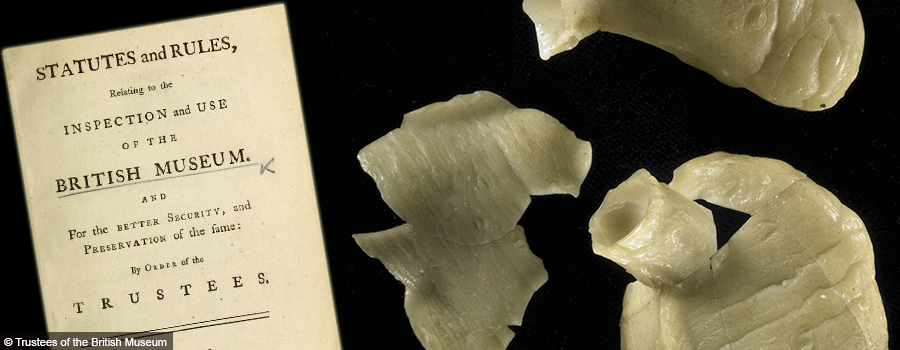news
The Art of the Qur’an: Treasures from the Museum of Turkish and Islamic Arts
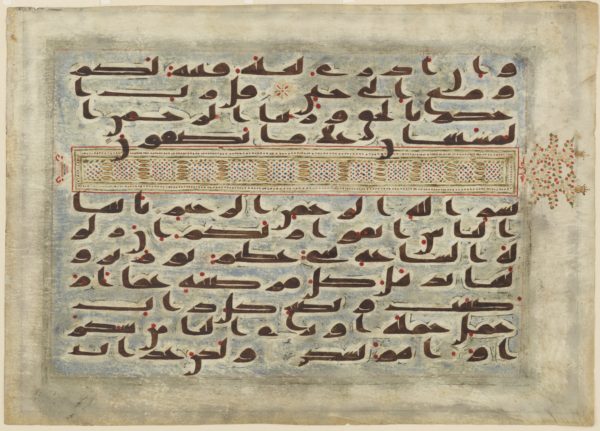
The Art of the Qur’an: Treasures from the Museum of Turkish and Islamic Arts
Arthur M. Sackler Gallery, Washington D.C.
October 22, 2016 – February 20, 2017
In October 2016 the Smithsonian’s Freer and Sackler Galleries unveiled the groundbreaking exhibition The Art of the Qur’an: Treasures from the Museum of Turkish and Islamic Arts. As the first display of Qur’ans from the Museum of Turkish and Islamic Arts in the United States, this landmark exhibition was effective in introducing the art of the Holy Book of Islam to a wide audience. The exhibition featured more than sixty Qur’ans from Iran, Turkey, Afghanistan, and the Arab world, showcasing the breadth of Qur’an production and the stylistic variances that existed across the Islamic world.[1] Through the display of an array of Qur’ans embodying various levels of artistry, this exhibition was successful in bringing Islam’s Holy Book to life.[2]
Trashed: Rejection and Recovery in the History of Art and Architecture – The 33rd Annual Boston University Graduate Student Symposium
Trashed: Rejection and Recovery in the History of Art and Architecture – The 33rd Annual Boston University Graduate Student Symposium in the History of Art & Architecture, March 24-25, 2017
This two-day event was generously sponsored by The Boston University Center for the Humanities; the Boston University Department of History of Art & Architecture; the Museum of Fine Arts, Boston; the Boston University Graduate Student History of Art & Architecture Association; and the Boston University Art Gallery at the Stone Gallery.
As one of the longest running graduate symposia in the country, the 33rd annual Boston University Graduate Symposium in the History of Art & Architecture hosted six graduate scholars who presented papers that explored the processes of rejection and recovery in the history of art, as inspired by the theme “Trashed.” The symposium began on Friday, March 24, at Boston University Art Galleries at the Stone Gallery with a keynote address from Dr. Joanna Grabski, Professor and Chair of Art History and Visual Culture at Denison University. Her talk, “Thinking with Objects: Visibility, Imagination, and the Art of Remaking in Dakar’s Creative Economy,” highlighted the process of recuperation by contemporary Senegalese artists, who draw inspiration from the crowded stalls of Dakar’s Colobane Market. Playing clips from her 2012 documentary, Market Imaginary, Dr. Grabski showed the scale of secondhand goods offered by the famed market, in which vendors rightfully brag that you can find anything from around the world. Previously discarded by consumer societies in America, Asia, and Europe, Colobane’s recycled merchandise finds new life and meaning in the work of Ndary Lô, Viyé Diba, and Cheikh Ndiaye.
Locating Adolf Loos’s House for Josephine Baker
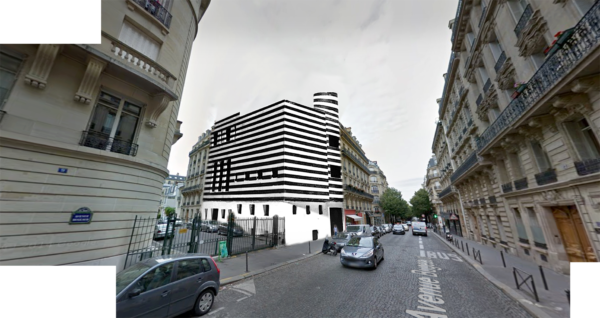
Adolf Loos’s 1927 design of a house for Josephine Baker has never been assigned a site because it was never built.[1] Numerous biographies, book chapters, and academic papers acknowledge that Baker lived on Avenue Bugeaud in the sixteenth arrondissement in Paris in the years between 1926 and 1928, but none of these works offers a specific address.[2] Where exactly did Baker live? Where might Loos have intended to build his design? Can answers to these questions be found through shared investigatory methods?
The Mysterious Landscapes of Hercules Segers
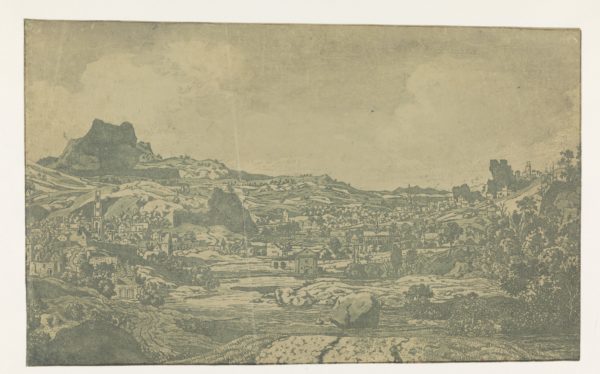
The Mysterious Landscapes of Hercules Segers
Metropolitan Museum of Art, New York
February 13 – May 21, 2017
The Metropolitan Museum of Art’s exhibition of Hercules Segers’s work is the largest of its kind, and the first large-scale exhibition of Segers in the United States, introducing a new audience to his otherworldly landscapes. This exhibition offers a unique opportunity to see a number of Segers’s prints in one location, thus allowing the viewer to compare different versions of the same print. One lasting effect of Segers’s work, and the exhibition, is to dispel the idea that printmaking is solely a reproductive technique or a way of creating and disseminating mass information. It becomes clear throughout this exhibition that each impression allowed for experimentation and the creation of a discrete work of art.
Embodied Absence: Chilean Art from the 1970s to Now

Embodied Absence: Chilean Art from the 1970s to Now
Carpenter Center for the Visual Arts, Harvard University, Cambridge, MA
October 27, 2016 – January 8, 2017
Embodied Absence: Chilean Art from the 1970s to Now, held at the Carpenter Center for the Visual Arts (CCVA) at Harvard University during the fall of 2016 and curated by Liz Munsell, introduced a multi-layered narrative on Chile’s neo-avant-garde scene (Escena de Avanzada). The exhibition portrayed art’s defiant role in Chile’s sociopolitical history following the military coup d’etat in 1973 which led to a fragmented historicity, cultural amnesia, and a fundamental cultural and political identity crisis that affected the evolution and circulation of avant-garde art practices. Chile’s Escena de Avanzada emerged during the Pinochet dictatorship (1973-90) and was formed by artists who subverted the regime’s rhetoric of power and censorship by exploring the relationships between art and politics. The exhibition included works from twelve artists whose contributions span multimedia practices including video, installation, photography, and performance, as well as documentation of ephemeral and dematerialized art actions. Embodied Absence presented gestures of resistance at a particular historical moment in which the Chilean social fabric had been torn apart by political repression and the destruction of democratic governance.
By the People: Designing a Better America

By the People: Designing a Better America
Cooper Hewitt, Smithsonian Design Museum
September 30, 2016 – February 27, 2017
By the People: Designing a Better America was the third installment of the Cooper Hewitt’s Socially Responsible Design exhibition series, succeeding Design for the Other 90% in 2007 and Design with the Other 90%: Cities in 2011. It included sixty small-scale, grassroots projects that address problems in some of the most economically fragile parts of the U.S. today: rust-belt cities, post-industrial rural landscapes, areas damaged by natural disasters, and border regions.
‘Keep Hands Off Them’: The Case of the Priapic Votives at the British Museum
In 1784, the antiquarian Sir William Hamilton donated a group of phallic-shaped votive sculptures to the British Museum. These votives were used in cult rituals to the ancient fertility god Priapus, which Hamilton had researched in Southern Italy on behalf of the Society of Dilettanti. There were five votives in total, each hollow and modeled in wax. Hamilton’s bequest was accompanied by a note to the museum’s Keeper of Natural and Artificial Productions: “keep hands off them.”[1] The note was tongue-in-cheek, but apparently he had reason to be concerned. Today the votives lie in pieces in storage, broken at an unspecified time in the museum’s history (fig. 1).
Maurizio Cattelan: Not Afraid Of Love
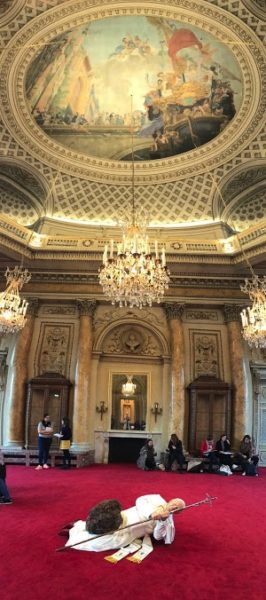
Maurizio Cattelan: Not Afraid of Love
Monnaie de Paris, Paris, France
October 21, 2016 – January 8, 2017
Returning to the art scene five years after his self-imposed retirement, Italian artist Maurizio Cattelan (b.1960) is apparently Not Afraid of Love, as the title of his recent exhibition at la Monnaie de Paris proposed. Housed in the historic mint on the Left Bank of the Seine, which has produced French coinage since the eighteenth century, Not Afraid of Love was the first exhibition of Cattelan’s work since his groundbreaking 2011 retrospective at the Guggenheim Museum in New York (after which the artist cheekily announced his departure from the art world). For Cattelan, an artist who has always maintained tight control over exhibitions of his work, the choice to return to exhibition making, at an institution typically associated with money, not art (although the two are inextricably linked), demonstrates a new direction for the artist in his post-retirement career.[1] Organized by Chiara Parisi, the Director of Cultural Programs for la Monnaie, in close collaboration with the artist, the exhibition presented Cattelan’s irreverent, provocative sculptures within the institution’s elaborate neoclassical architecture. This arrangement created a compelling intersection between an artist known for extending the legacy of institutional critique and an institution that is looking to expand its purview outside the realm of monetary production into exhibitions of contemporary art.[2] Although Cattelan produced no new works for the exhibition, la Monnaie’s exhibition spaces provided an ornate, theatrical stage for new readings and associations to emerge around Cattelan’s best-known sculptures, all created between 1997 and 2010.
Notes about Contributors
Chelsea Baumgartner is a second year PhD student at the University of British Columbia, Canada, where she studies gender and sexuality in Islamic Art and lives with her spouse, Marlene Evangeline Imana Iyemura.
Sasha Goldman is a doctoral candidate in the History of Art & Architecture Department at Boston University where she studies Modern and Contemporary Art and Exhibition Culture in Italy. Her dissertation focuses on Italian artist Maurizio Cattelan and his relationship to humor, performativity, publications and temporary exhibitions.
Kelsey Gustin is the Raymond and Margaret Horowitz Fellow in American Art at Boston University. Her dissertation, “Victorian Values and Social Reform Realism: The Visual Culture of the Progressive Era in New York City, 1890-1920,” examines representations of “the other half” as constructed images that reveal middle-class anxieties about the atrophy of Victorian values in a twentieth-century urban, industrial America.
Lydia Harrington is a PhD Candidate in the History of Art & Architecture program at Boston University. She specializes in Islamic art and architecture history and is starting a dissertation project on institutional architecture in the Arab provinces of the Ottoman Empire in the nineteenth century.
Rachel Hofer is a doctoral student at Boston University where she studies seventeenth-century Dutch art. Her research focuses on globalism in the early modern world with emphasis on the influence of trade networks and cross-cultural interaction on art production.
Defne Kırmızı is a PhD student at Boston University in the History of Art & Architecture Department. Her research focuses on the contemporary art scene in Turkey and the dialogue between current art practices and urban politics.
Nicholas Pacula received a Bachelor of Architecture degree from the Cooper Union in 2015. He is currently working on his SMArchS Architectural Design thesis at MIT. It investigates Etienne-Louis Boullée’s unbuilt redesign of the French National Library, 1785.
Ariana Panbechi is a second-year MA student in Art History at The George Washington University. Her research focuses on Islamic manuscript illustration and portrait painting, with an emphasis on the arts of the Persianate world. She recently completed her MA qualifying paper on aristocratic portraiture of early Qajar Iran.
William Schwaller is a PhD student in Art History at Temple University studying postwar art of the Americas with a focus on transnational artistic networks, discourses of systems aesthetics, and artistic engagements with cybernetics and ecology. His dissertation focuses on the Buenos Aires institution and artist group, the Centro de Arte y Comunicación.
Roxanne Smith is a second year MA student in Art History at Columbia University. She studies American and British visual culture in the nineteenth century.
A New Database of Muslim Women’s Patronage: Proof of Concept
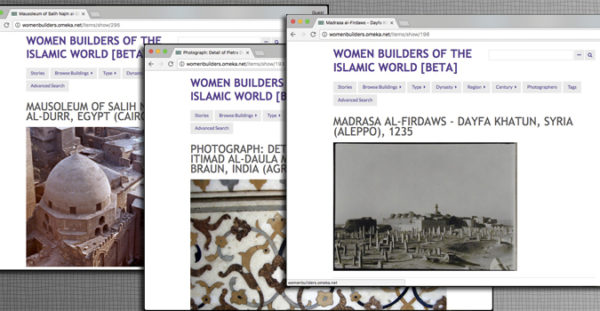
Women have always been active in the Islamic cultural sphere as patrons of architecture. In the fall of 2016, I began collecting records of Muslim women’s patronage in the Islamic world to document their longstanding involvement.[1] The database covers a broad range of buildings: religious, secular, civic, residential, or some combination of all four. This breadth of architectural types balanced my narrow geographical focus on structures in Egypt, Syria, greater Iran, Turkey, and Mughal India. Issues of infrastructural preservation led me to include non-extant buildings in the database. Throughout the development of this database, I grappled with the relationship of women’s patronage to their visibility.
